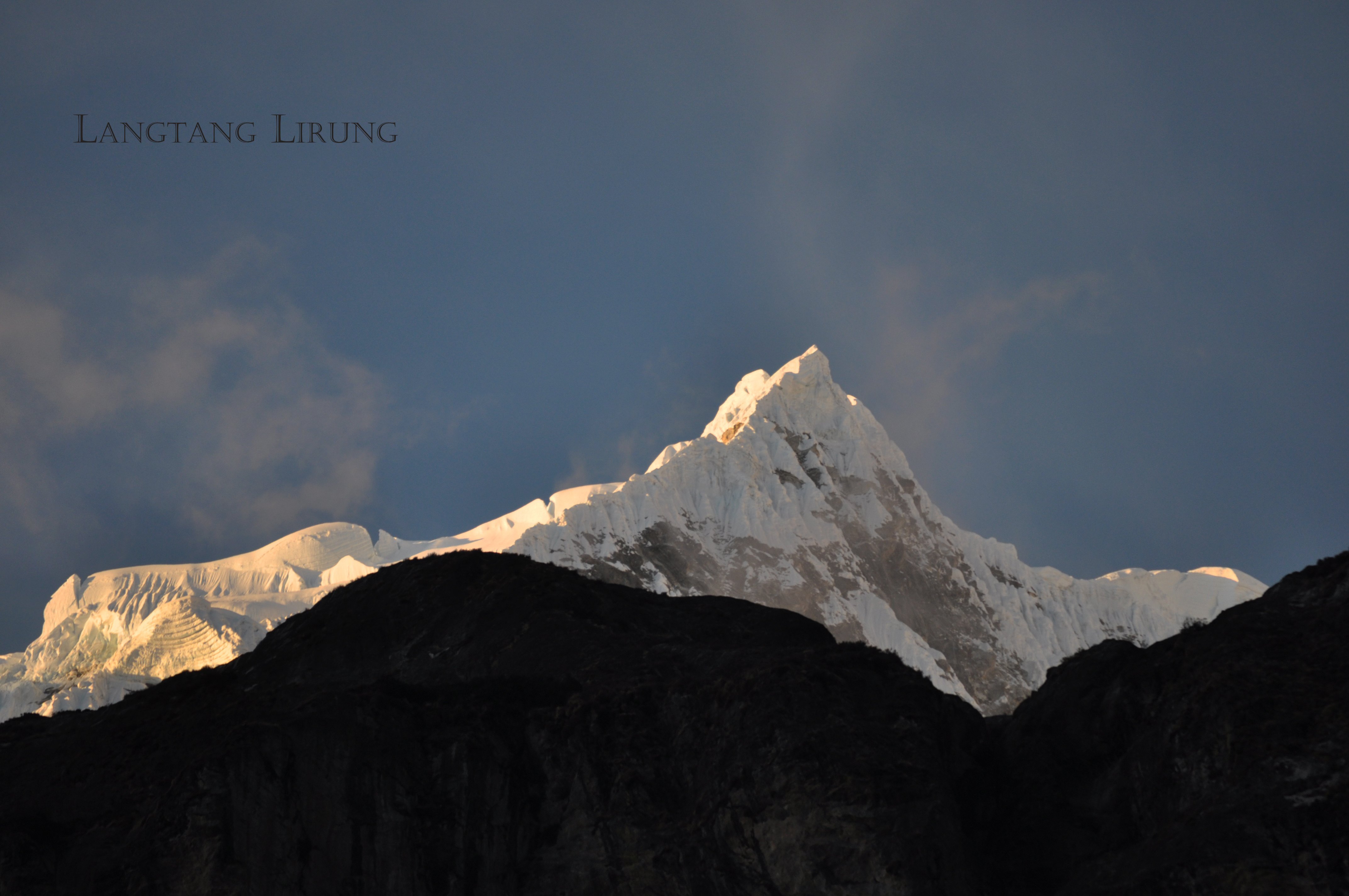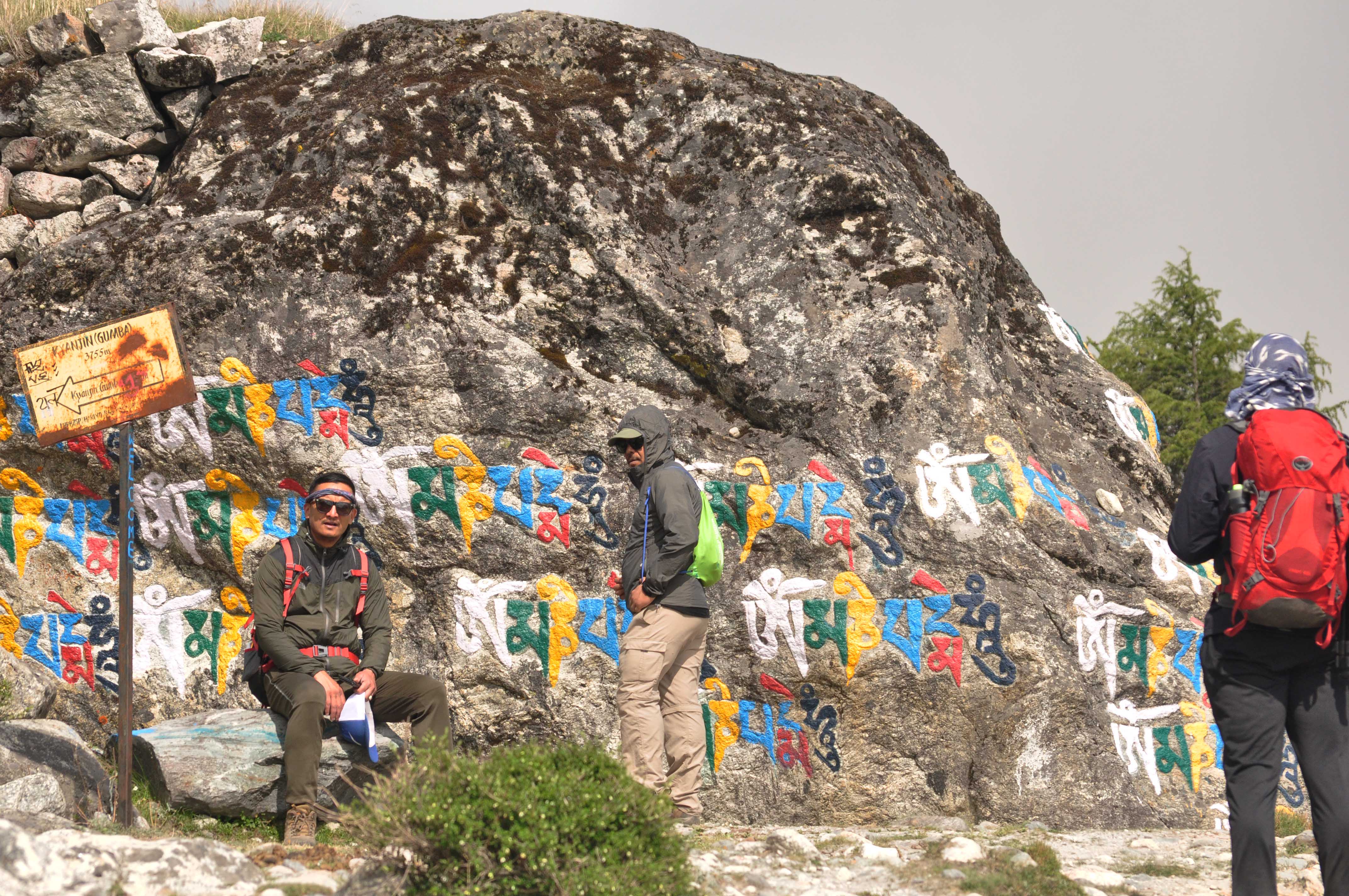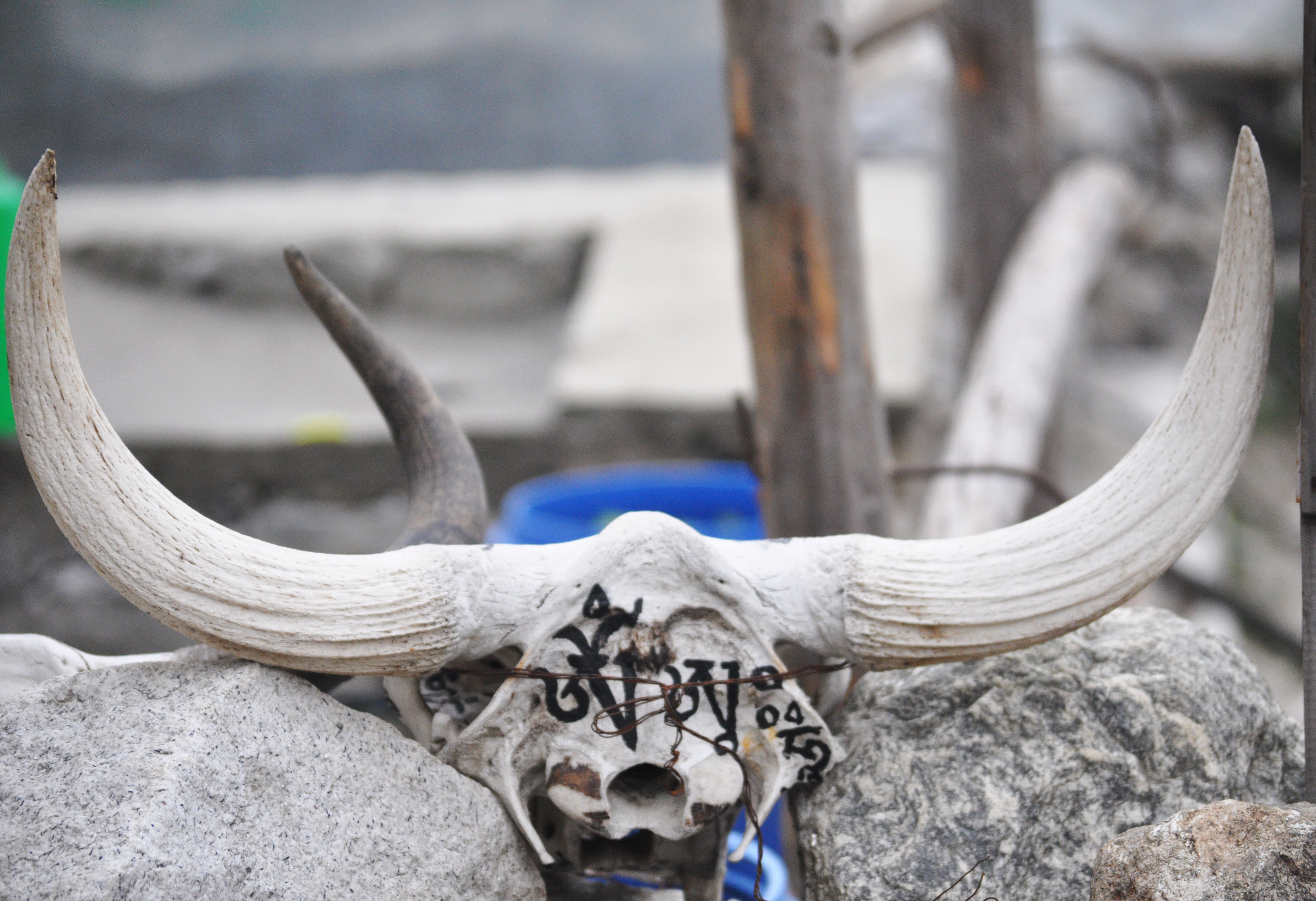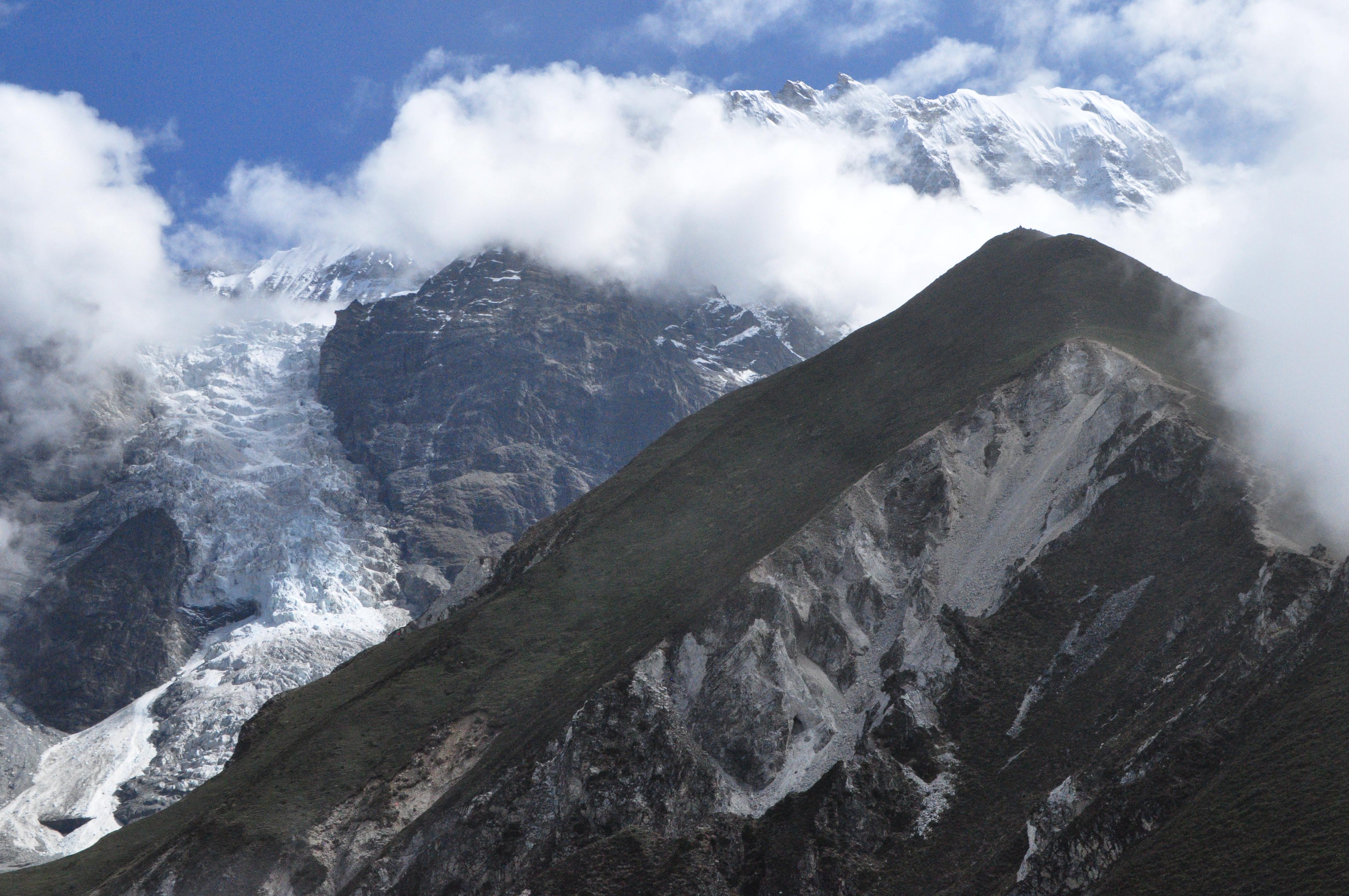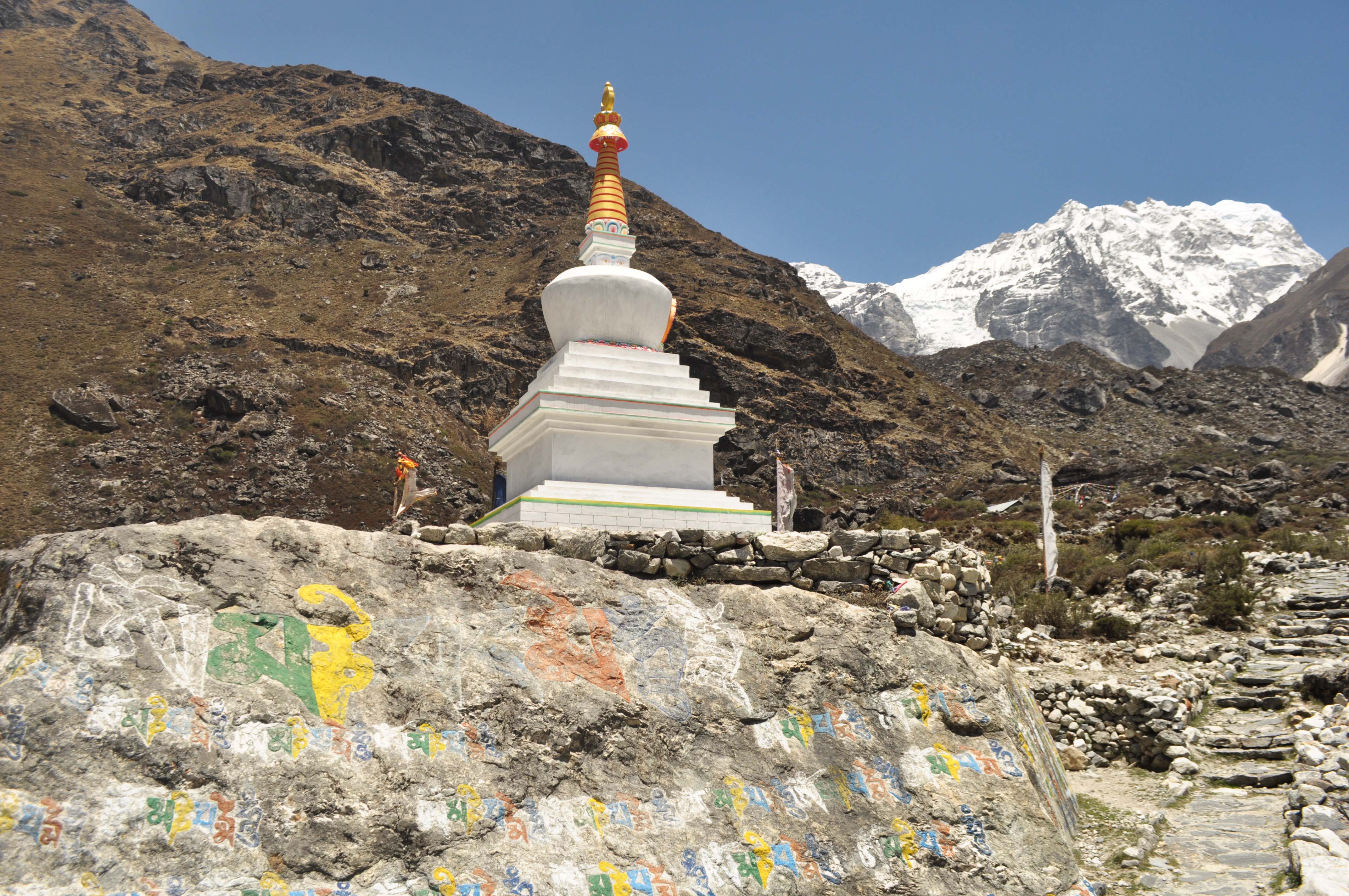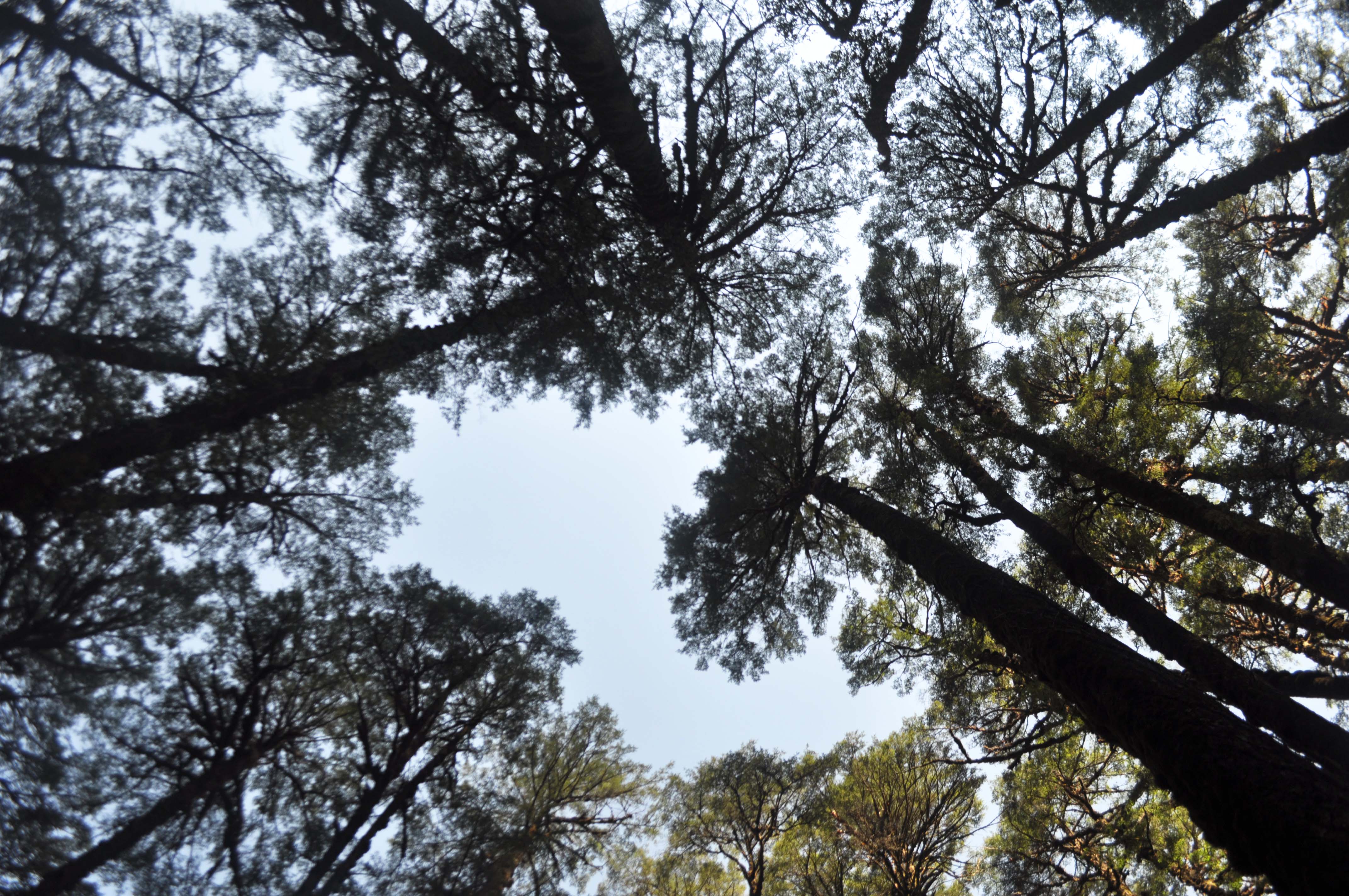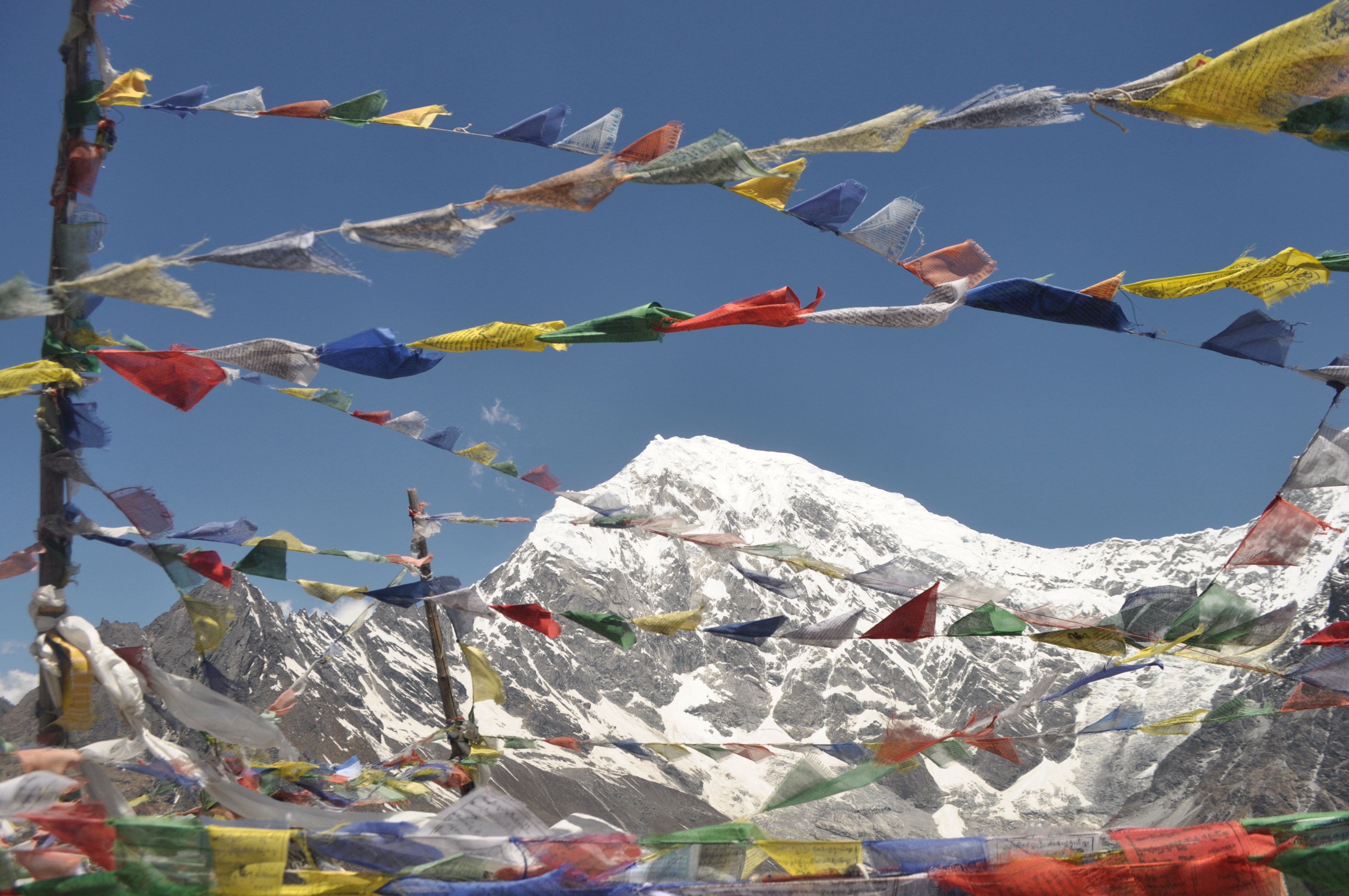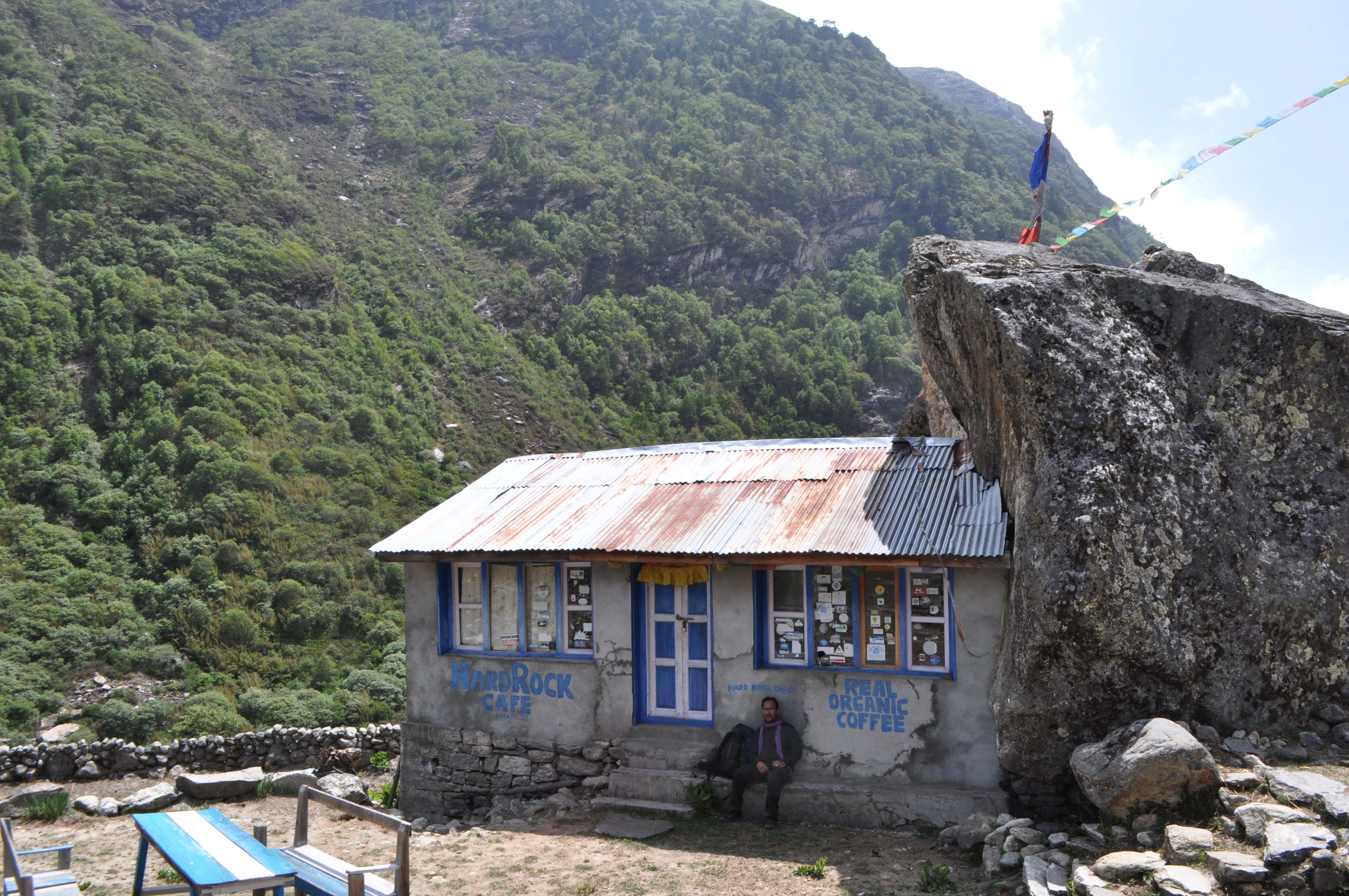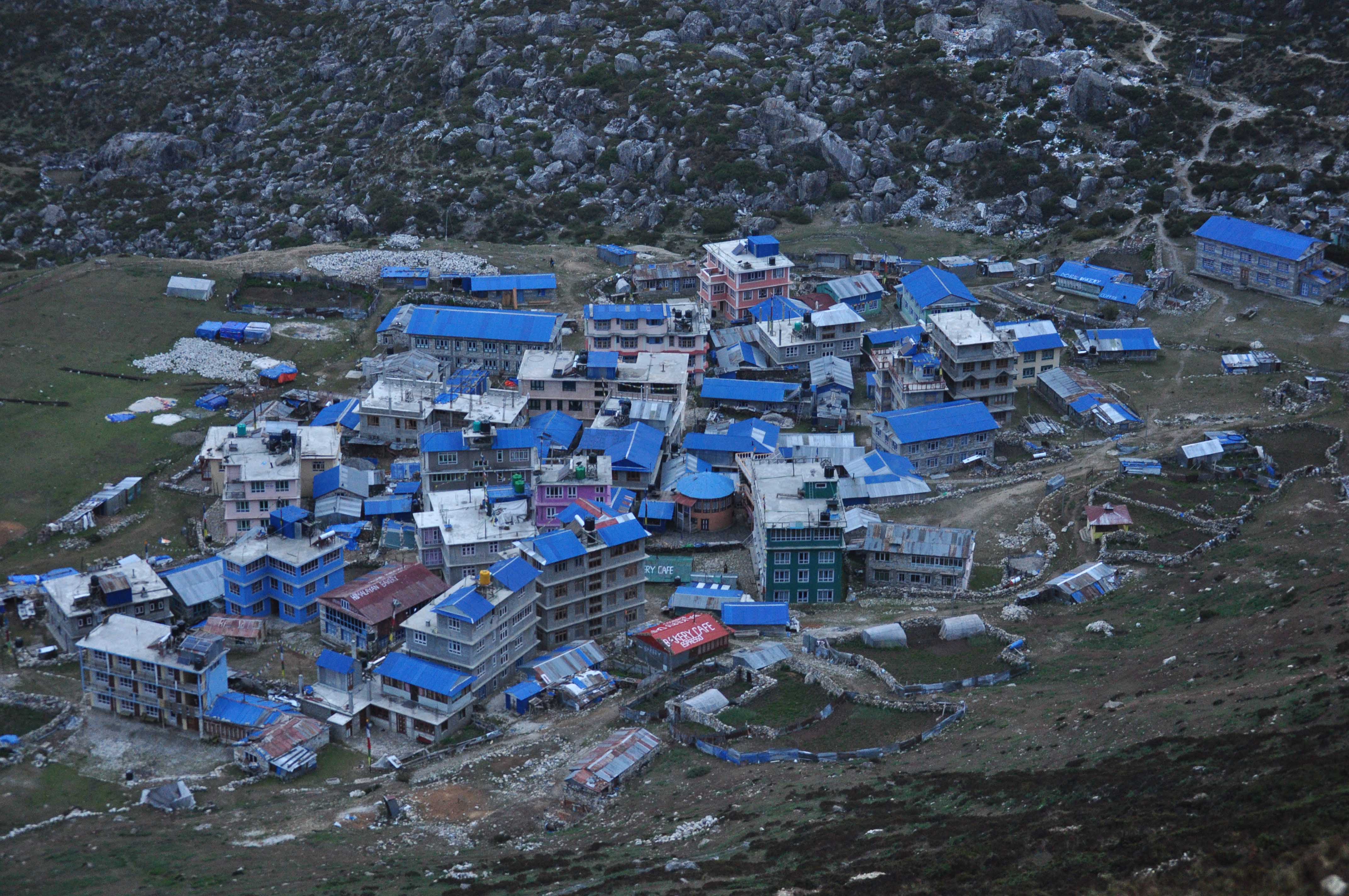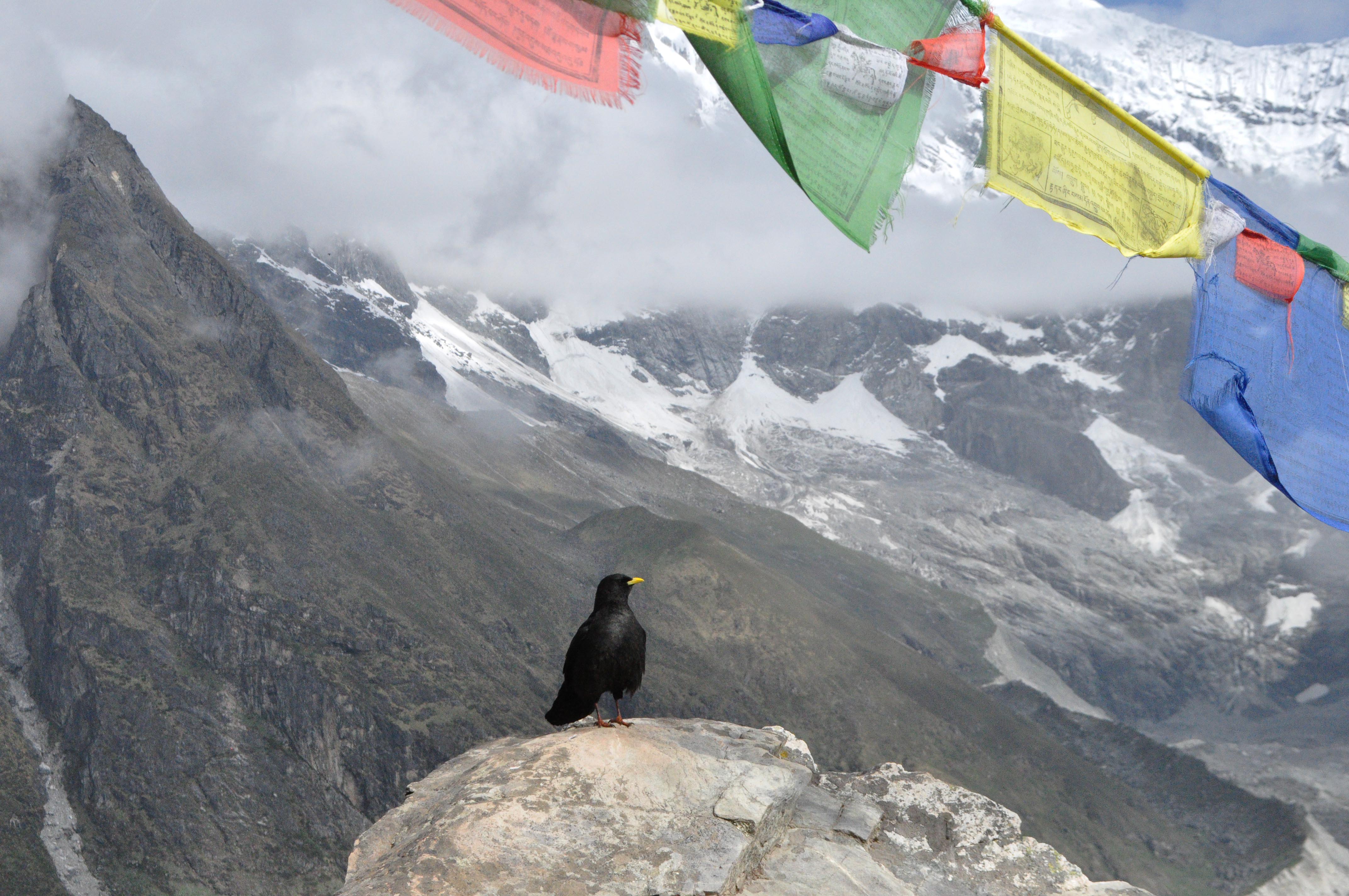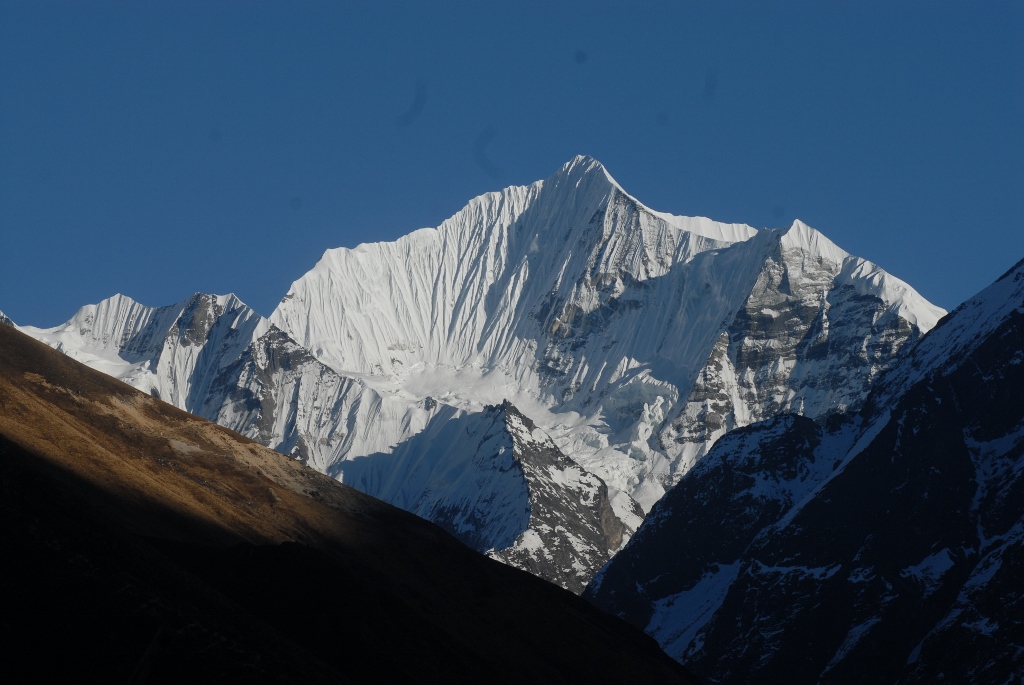
Langtang "Mountains and Culture"
EXPLORING THE MOUNTAINS AND CULTURE
-
Langtang is one of the unspoiled national parks of Nepal, which covers an area of 1,710 km2 with an altitude variation starting at 1500m and ascending to the top of Mt. Langtang Lirung at 7246m. As a result, the park has immense ecological diversity with small communities scattered along the valley walls. Established in 1976 as the first Himalayan National Park of Nepal, Langtang covers three districts: Rasuwa, Nuwakot, and Sindhupalchowk, with 26 VDCs. and 1998, the Langtang National Park Buffer Zone was established. Langtang has over 70 glaciers of varying sizes, the Langtang and Ganesh Himal mountain ranges, and high-altitude lakes including Gosainkunda, Parvatikunda, Bhairavkunda, and Dudhkunda.
Langtang Valley offers travellers a glimpse of the unique cultural heritage blended with ecological diversity. Along with tourism, butter and cheese production are major local economic activities. Beside Langtang village Ancient Buddhist monastery town, Kyanjin Gompa (3584m) is a spiritual site where dedicated Buddhist monks learn and perform their rituals, also a vibrant tourist destination to enjoy the warmth of the sun and natural beauty with different places to explore like walk near to glacier or hiking RI (top) of Kyanjin RI and Charku RI offers 360 views of mountains, walk near airport and weather station and riverside or day trip to Langsila. Kyanjin will refresh your memory and inspire you to enjoy life and be near mountains often to enjoy this beautiful gift of God to humankind.
-
Langtang “Yak Trail” “Cheese Trail”
In Tibetan, Lang means Yak, and tang (teng) means ‘follow’/‘trail’, meaning the name is associated with the ancient practice of Transhumance, taking animals to different pastureland for grazing at different seasons. Inhabited by the Sherpa and Tamang communities, different villages are named after different actions taken by the Yak. Traditional butter production and its transportation to Tibet remain at the heart of the local economy.
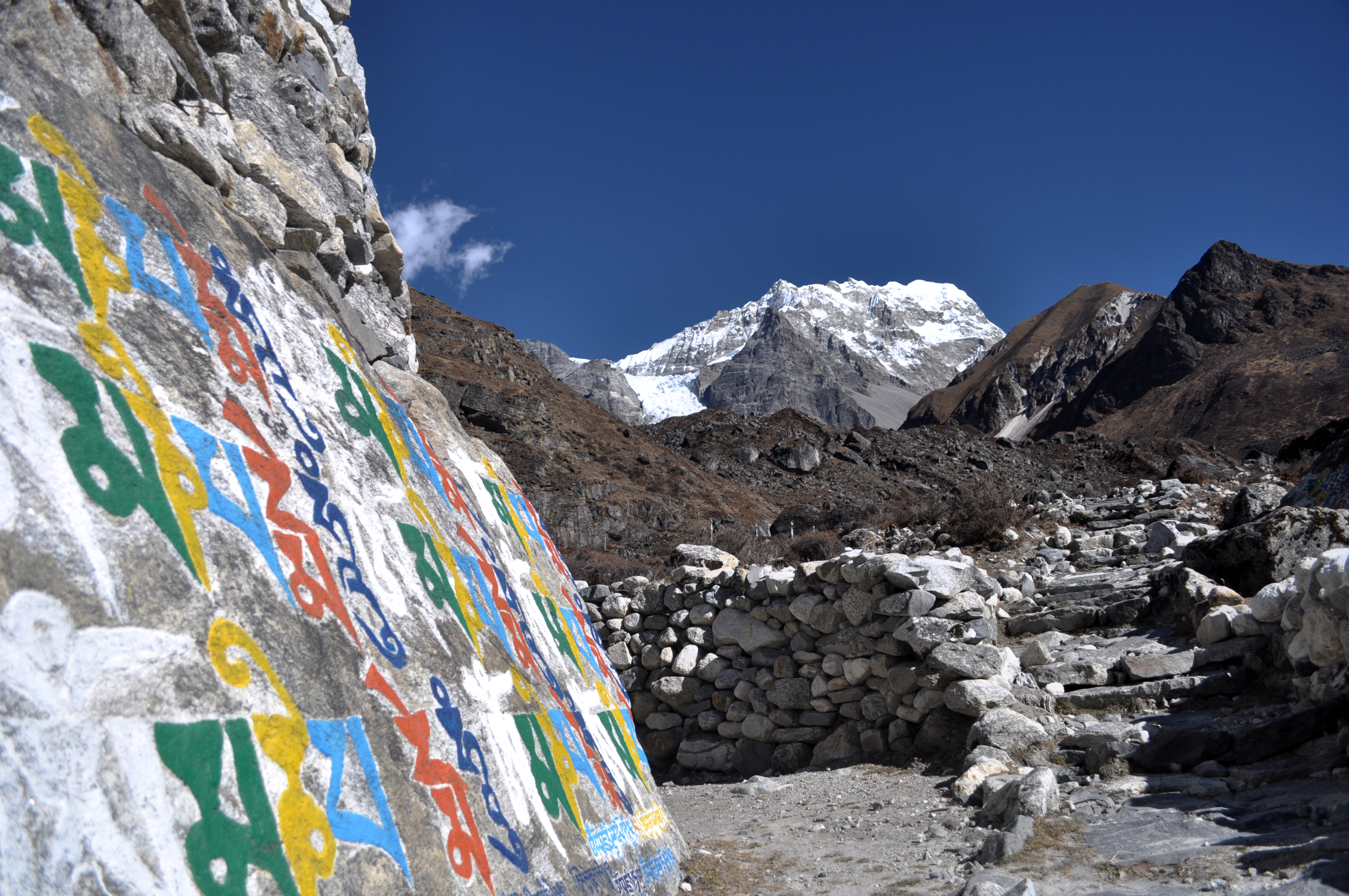 The first Himalayan National Park in Nepal: Flora and Fauna
The first Himalayan National Park in Nepal: Flora and Fauna In 1976, to protect the unique culture and nature, the government of Nepal established Langtang as the first Himalayan National Park in Nepal. Langtang Valley is green, full of beautiful flora and small communities scattered along the valley walls. More than 60 Species of Mammals reside at Langtang, including a few- Clouded Leopard, Snow leopard, Red Panda, Himalayan Bear, Langur, Musk deer, Red monkey, Himalayan Thar, Ghoral, Assamese monkey, Grey wolf, Leopard cat, and Tibetan sheep. The park is also home to more than 250 species of birds. The Himalayan Monal (national bird of Nepal) satyr tragopan, Ibisbil, Wood Snow partridge Tibetan snow cock, Himalayan snow cock Tibetan partridge, Oriental Honey Buzzard, Himalayan Griffin, Eurasian Griffin, Bar Headed goose, Red Headed Vulture, Cinereous Vulture, Yellow Rumped, Honey Guide, Common Teal, Tufted Duck are some of major attractive birds found in the park.
Chirping birds, hanging Red monkey, running musk deer, rare shy red panda in lush green bamboo, blue sheep strolling alpine meadows, and mind mind-refreshing Rhododendron forest refreshes every traveller.
Mountains and Rivers ‘Naturally Majestic’ ‘Adventure and Thrill’
Langtang Lirung 7425M is the highest peak, Ghengu Liru (Langtang II 6571M), Dorje Lakpa 6980M, Gangchempo 6387 M, Naya-Kanga 5846 M, Jugal Himal 6080 M are major mountains in Langtang National Park of Narayani River, River Trisuli and. A major Tributary of the Koshi River system, River Sunkoshi originates in the eastern part of Langtang from the Glacier of Langtang.
In the Langtang Valley trek, we reach right next to Langtang Lirung (the highest peak in the Langtang region) and see 360 views of the Mountains and glaciers from different viewpoint tops (RI)in Kangin Gumba. We can also hike near to glacier as well.
Culture ‘BonPo’ ‘Tamang Heritage’
Langtang is known as one of the 7 Sacred valleys created by Guru Padmasambhava as a safe place from war, famine, and natural disasters, and a place for meditation and knowledge.
Langtang is an open museum to understand culture with nature, Bon Po religion, and Tamang culture. Inhabitants of the Langtang valley are thought to be descendants of Tibetans from Kerung who mingled with Tamang from the Helambu region. Bonpo is an ancient Tibetan culture before the Introduction of Buddhism. As a shamanistic religion, it is characterised by mystic rituals, spells, sacrifices for gods and spirits, and spirit manipulation. This religion places much emphasis on meditative practice. The current traditions of Buddhism, such as prayer wheels, sky burials, prayer flags, spirit traps, festival dances, and rubbing holy stones, have all come from the Bon religion.
Tamang are one of the largest ethnic groups in Nepal. Tamang culture and customs are widely seen in the Langtang region. It is believed that "TAMANG" is said to be a Tibetan word meaning horse traders. TA' means "Horse”, and ‘MAN' means "Trader". They have their distinct culture, language, and religion. They are traditionally Buddhist by religion, with close relations with Hindu culture and customs from the lower land. Singing and dancing in Damphu (traditional musical instruments) in Tamang Selo (melody) is one major attraction.
About the trail “Easy and Fun”
The best part Langtang trail is a very easy and moderate walk with a beautiful view at every step, moving forward. The flowing and refreshing sound of the Langtang River adds charm to the journey. From Syprubesi, we walk through Dovan, then to Bamboo to cross over to Lama Hotel. From here, our journey moves towards Langtang Valley, a narrow river corridor valley with a front view of Mt. Langtang Lirung. As we move forward to the highest point of the trek at Kanchen Gumba, a holy spiritual and ancient Buddhist valley at 3800 M, it's one of the seven 7scared valleys that is believed to be meditated on by Guru Padmasambhava. Visiting Kanchen Gumba to see monks performing their rituals is a surreal experience. Besides Spiritual Buddhism paradise Kanchen Gumba is the hidden beauty of nature, every corner is full of interesting places, visiting Glaciers, walking towards Langsila (Holy place), exploring the river, hiking to Kanchen Ri (top) 4950M and Charku Ri 5000M for a 360-degree view of surrounding mountains, river valley, hills, and glaciers is one of the best ways to explore and see beautiful Langtang. Kanchen Gumba is also the starting point of the 2 most technically difficult passes in the world- Tillman Pass and Ganja La.
-
Tentative travel outline
Day 1 Meet and Greet, Know about the place, things to do, and expectations
Day 2 Travel by bus to Syprubesi
Day 3 Trek to Bamboo/Lama Hotel
Day 4 Trek to Ghodatabela
Day 5 Trek to Kanjin Gumba
Day 6 Explore Kanjin Gumba
Day 7 Explore Kanjin Gumba
Day 8 Trek to Lama Hotel
Day 9 Trek to Syprubesi
Day 10: Travel to Dhunche (District Headquarters)
Day 11 Travel to Kathmandu
Day 12 After trek sharing and get together
-
How to join
Please complete the following form for confirmation and arrangements.
Note: This is an assembled trip, meaning different individuals from different cultures and educational backgrounds come together with one objective: to enjoy and learn.
If you are looking for a family and personal journey, write to us at mountainmandalanp@gmail.com
